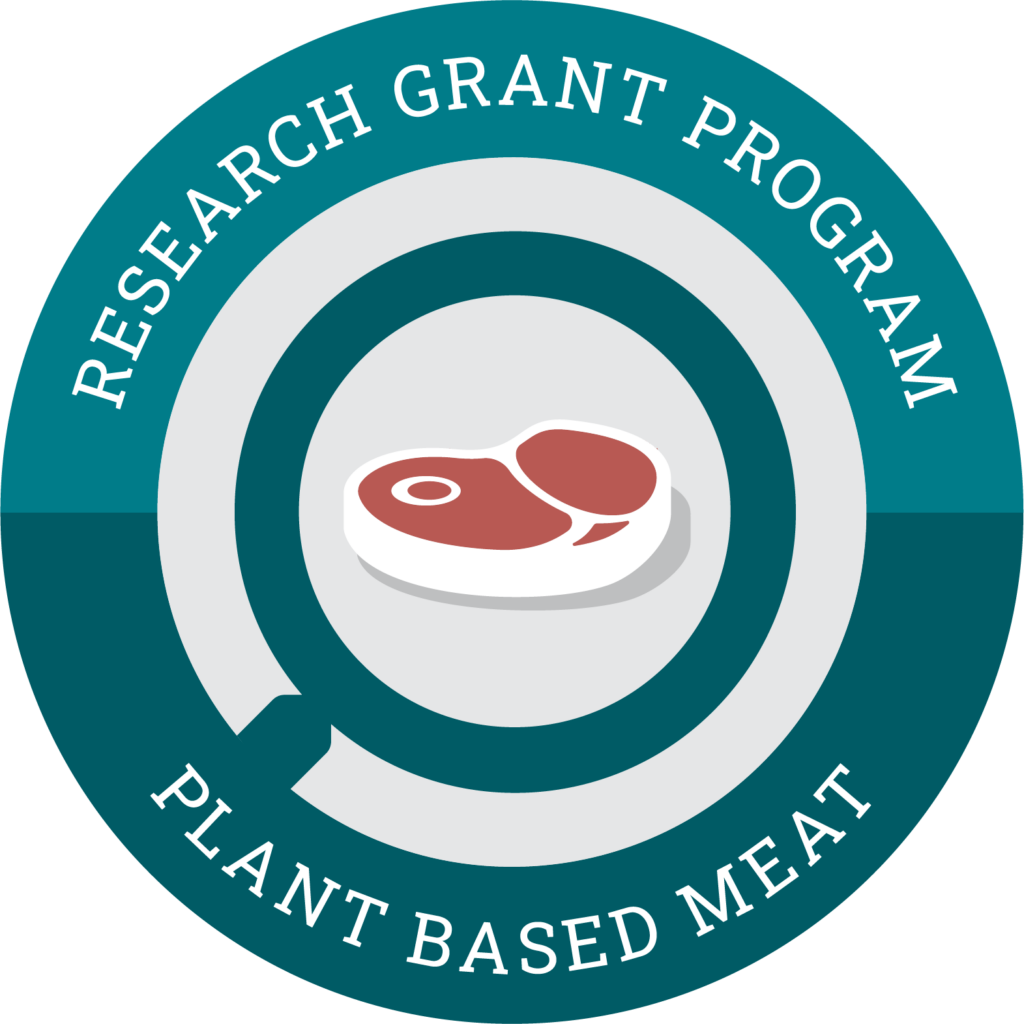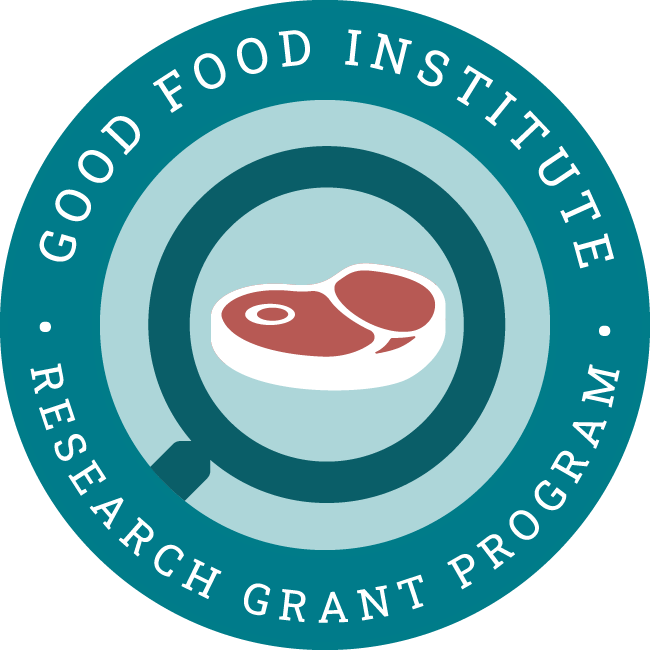Antioxidants in oil-in-protein matrix
2022-2023
This project investigates dynamic antioxidant combination behaviors in plant-based fat tissue. Antioxidants with different mechanisms and polarities will be combined in oil or protein gel phases in different-sized particles to demonstrate interaction effects and evaluate lipid oxidation.
Production platform: Plant-Based
Technology sector: Ingredient optimization

Project aims
This project focuses on dynamic antioxidant behaviors in plant-based product environments, especially the mimicking of fat tissue. Alternative plant-based fat tissue with high-fat content previously developed by the team is used for the investigation of dynamic antioxidant behaviors to obtain the suitable combination of antioxidant mixtures for a particular alternative plant-based fat tissue with high-fat loading.
This study aims to investigate the combination of antioxidants in various ways. The combination of antioxidants with different mechanisms (free radical scavenging and metal chelators), and also the combination of different polarities of antioxidants such as alkyl esters of gallic acid, for example. These antioxidants will be added into different phases of the food matrices such as oil or protein gel phases to demonstrate the antioxidant interaction effects.
In addition, this study will also investigate the particle size of oil droplets (or oil pockets) in protein gel matrix on lipid oxidation. Ideally, the smaller the size of oil droplets, the better emulsion stability could be obtained; however, when it comes to the plant-based fat tissues, the physical oil stability could become less of an issue. Thus, the oil droplet size in plant-based fat tissue will be developed. This could be another approach to
inhibit the lipid oxidation.
Principal researchers

Dr. Atikorn Panya
Researcher, National Center for Genetic Engineering and Biotechnology (BIOTEC) | BioTec · Food Biotechnology Research Unit
Atikorn Panya heads the food biotechnology research team, functional ingredients and food innovation research group at National Center for Genetic Engineering and Biotechnology (BIOTEC), Thailand.
Dr. Panya’s research focuses on food lipid chemistry and lipid oxidation. His research interests focus on investigating the influence of food matrix structures on lipid oxidation and antioxidant mechanisms. For instance, the polar paradox antioxidant hypothesis, cut-off effect, and double cut-off effect of antioxidant mechanism have been explored using phenolipids, including gallic acid alkyl esters, and Romaric acid alkyl esters as the tool for manipulating the distribution of antioxidants at various interphases such as oil, water, and oil/water interfaces. These static and dynamic distributions of antioxidants play an essential role in overall antioxidant performance in real food matrices.
In addition, this knowledge could help understand the interaction (synergistic, antagonistic, additive) of combined antioxidants that could help to better formulation of antioxidant mixtures.
Currently, Dr. Panya is also responsible for BIOTEC GC/MS-based metabolomics & Sensomics facility that applies metabolomics, flavoromics, and sensomics for food research.

Research Grants program
Explore grant opportunities and GFI-funded projects that are driving innovation and breaking boundaries in alt protein research.
